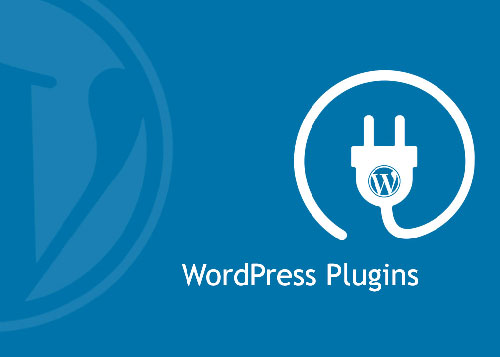Optimizing Content Delivery for High-Traffic Websites with Geolocation-Based CDN
Slow-loading websites lead to higher bounce rates, reduced user engagement, and ultimately, lost revenue. This is especially true for high-traffic websites that cater to a global audience. For experienced web professionals such as developers, webmasters, and system administrators, understanding how to optimize content delivery is crucial. One of the most effective ways to achieve this is by implementing a Content Delivery Network (CDN), particularly one that leverages geolocation technology.

The Power of CDNs
A CDN is a geographically distributed network of servers that work in tandem to deliver website content to users with minimal latency. Instead of fetching content from the origin server every time, users are served content from the server closest to their physical location. This proximity significantly reduces page load times, improves website responsiveness, and enhances the overall user experience.
Geolocation: Taking CDN Performance to the Next Level
Geolocation-based CDNs take content delivery optimization a step further. By automatically detecting a user's geographical location based on their IP address, these CDNs dynamically route traffic to the most optimal server. This ensures that users receive content from the server with the lowest latency, resulting in even faster loading times and a seamless browsing experience.
Benefits of Using a Geolocation-Based CDN for High-Traffic Websites
Implementing a geolocation-based CDN offers a myriad of benefits for high-traffic websites, including:
- Reduced Latency and Improved Page Load Times: By serving content from the closest server, latency is minimized, leading to significantly faster page load times.
- Enhanced User Experience: Faster loading times translate into a smoother, more responsive, and engaging user experience, keeping visitors on your website for longer.
- Improved SEO Performance: Search engines prioritize websites that load quickly, and a CDN can contribute to improved search engine rankings.
- Increased Scalability and Reliability: CDNs distribute traffic across multiple servers, ensuring website availability even during peak traffic periods.
- Protection from DDoS Attacks: Many CDNs offer built-in security features, such as DDoS protection, to safeguard your website from malicious attacks.
Choosing the Right CDN for Your Needs
Selecting the right CDN provider is crucial for maximizing the benefits of content delivery optimization. When choosing a CDN, consider factors such as:
- Global Server Coverage: Opt for a CDN with a vast network of servers strategically located in key geographical regions to ensure low latency for users worldwide.
- Performance Features: Look for features like content caching, file compression, and HTTP/2 support to further enhance website speed.
- Security Measures: Prioritize CDNs that offer robust security features, such as DDoS protection and SSL/TLS encryption, to protect your website and user data.
- Pricing Structure: Evaluate different pricing plans and choose one that aligns with your budget and traffic volume.
- Customer Support: Select a CDN provider with a reputation for excellent customer support to assist you with any technical issues or queries.
Setting Up a CDN: A Step-by-Step Guide
Setting up a CDN is typically a straightforward process. Here's a general outline of the steps involved:
- Choose a CDN provider: Select a reputable CDN provider that meets your specific requirements.
- Create an account: Sign up for an account with the chosen CDN provider.
- Configure CDN settings: Customize the CDN settings according to your website's needs, including specifying the origin server and configuring caching rules.
- Update DNS records: Update your domain's DNS records to point to the CDN's servers.
- Test and monitor: After setting up the CDN, thoroughly test your website to ensure everything is working correctly and monitor its performance over time.
By following these steps, you can effectively implement a geolocation-based CDN and unlock the full potential of content delivery optimization for your high-traffic website, providing users with a fast, reliable, and engaging online experience.
















